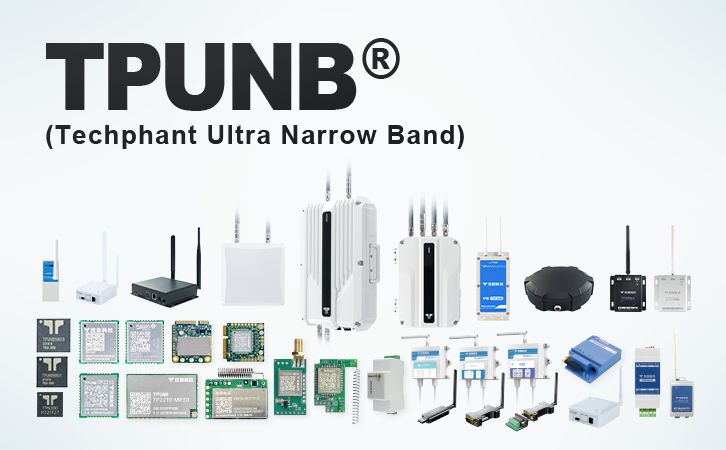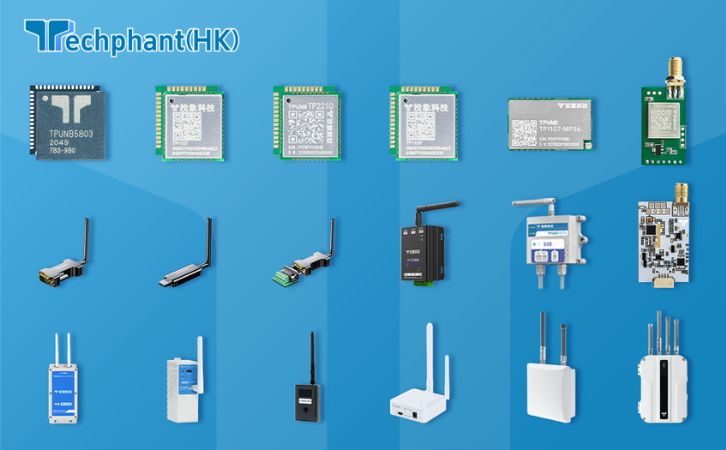In the rhythm of modern life, data transfer units aren’t abstract specs—they’re the quiet engines humming behind your morning coffee scroll, afternoon Zoom, and evening unwind. From buffering-free Netflix to instant Uber pings, these units dictate the seamlessness of our tech-saturated days. Whether it’s megabits fueling a TikTok feed or gigabytes backing up your phone, understanding them reveals why some moments glide and others glitch. This article spotlights their role in daily tech, from entertainment to errands, with real-world examples to make the invisible feel immediate.
I. Streaming and Entertainment: The Entertainment Engine
Picture settling into your couch for a binge: that smooth 4K stream? It’s data transfer units at play, shuttling video packets at blistering speeds. Services like Netflix or Disney+ demand at least 5 Mbps for HD—5 million bits per second—to keep frames flowing without pixelated pauses. Bump to 25 Mbps for 4K, and you’re decoding 25 million bits every tick of the clock, enough for vibrant colors and immersive sound.
Adaptive bitrate streaming is the wizard here: algorithms sniff your connection’s bps and downshift quality on the fly. A shaky 10 Mbps Wi-Fi? It drops to 720p, compressing frames to fit. In 2025, with 5G handsets standard, mobile streaming hits 100 Mbps averages, letting you chase episodes on the commute without a hitch. But hiccups happen—ISP throttling caps “unlimited” plans at 600 GB monthly (4.8 billion bits), triggering slowdowns mid-season.
Gaming amps it up: cloud services like Xbox Cloud Gaming gulp 15-20 Mbps for lag-free worlds, where even 50 ms latency (a delay metric tied to transfer) turns triumphs to tragedies. These units aren’t luxuries; they’re the difference between escapism and frustration, turning your living room into a portal powered by precise bit flows.
II. Communication and Social: Connecting Conversations
From a heartfelt emoji reaction to a group video call, everyday chats ride waves of data transfer units, making distance dissolve. Texting via WhatsApp or iMessage? It’s featherlight—mere Kbps for a 1 KB message (8,000 bits), zipping across servers in milliseconds. But layer in photos: a 5 MB selfie (40 million bits) needs 5-10 Mbps to upload instantly, lest your story lags behind the party.
Social scrolls devour more: Instagram’s feed refreshes at 10-50 Mbps, pulling thumbnails and likes in endless streams. TikTok’s algorithm feasts on your watch history, transferring 100 MB+ sessions (800 million bits) to tailor For You pages— all while your phone’s LTE or Wi-Fi negotiates 20-50 Mbps peaks. In 2025, end-to-end encryption adds a 10% overhead, but quantum-safe updates keep it snappy.
Voice and video crank the dial: FaceTime or Signal calls sip 1 Mbps for audio, but HD video jumps to 3-5 Mbps, with each frame a byte-bundled burst. During holidays, when family Zooms spike networks, shared bandwidth divides units, causing echoes. Yet, apps like these democratize connection, proving data transfer units bridge not just devices, but divides—turning a quick “miss you” into shared presence.
III. Smart Homes and IoT: The Invisible Network
Your smart home buzzes with data transfer units, orchestrating lights, locks, and thermostats in a symphony of low-key efficiency. A Nest thermostat tweak? It whispers commands at 100 Kbps via Zigbee, a sip compared to Wi-Fi’s gulp—but reliable for battery life. Echo your “Alexa, play jazz”? That’s 500 Kbps audio streaming, pulling bits from Amazon’s cloud over your 100 Mbps router.
The IoT explosion—now 30 billion devices in 2025—leans on micro-units: Matter protocol unifies ecosystems, transferring 1-10 Mbps for multi-device harmony, like syncing Hue bulbs and Roomba vacuums. Security cams like Ring upload 2-5 Mbps HD feeds (1080p at 30 fps), but motion alerts spike to 50 MB clips, demanding solid upload speeds to avoid blind spots.
Challenges lurk in the mesh: crowded 2.4 GHz bands throttle to 10 Mbps, causing bulbs to flicker mid-dinner. Enter Wi-Fi 7’s 5 GHz magic, boosting to 2 Gbps for seamless control. These units weave the mundane into magic—your fridge ordering milk via 1 Mbps API calls—reminding us that everyday tech thrives on efficient, understated flows.
IV. Work and Productivity: Fueling the Daily Grind
Remote work’s backbone is data transfer units, turning coffee-fueled desks into global hubs. Google Drive syncs a 500 MB project file (4 billion bits) at 50 Mbps in under 2 minutes, but collaborative edits via real-time APIs nibble 5-10 Mbps continuously, updating docs as you type.
Email attachments? A 10 MB PDF sails at 10 Mbps in seconds, but threaded chains with embeds balloon to 100 MB, testing upload caps. Tools like Slack ping notifications at Kbps, but screen shares in Microsoft Teams devour 2-4 Mbps for crisp visuals—vital when latency creeps over 100 ms, muting ideas in meetings.
In 2025, hybrid setups shine: 5G hotspots deliver 200 Mbps for on-the-go uploads, while cloud backups like iCloud ferry 50 GB nightly (400 billion bits) over fiber at 1 GBps. VPNs secure it all but trim 20% speed, a trade-off for safe brainstorming. These units empower productivity, collapsing commutes into clicks and ideas into instants, but they spotlight inequities—rural 25 Mbps vs. urban gigs.
Conclusion: The Units Underpinning Us
Data transfer units in everyday tech are the unsung rhythm section, pulsing through streams, chats, homes, and hustles to make our wired world feel wireless. From the Mbps magic of a midnight movie to the Kbps whispers of a smart lock, they scale the intimate to the infinite. As 2025’s AI assistants and AR glasses demand even finer flows, tuning into these units isn’t geekery—it’s empowerment. Audit your setup, embrace the speed, and reclaim the frictionless flow. In tech’s tapestry, these bits bind us, one transfer at a time.



